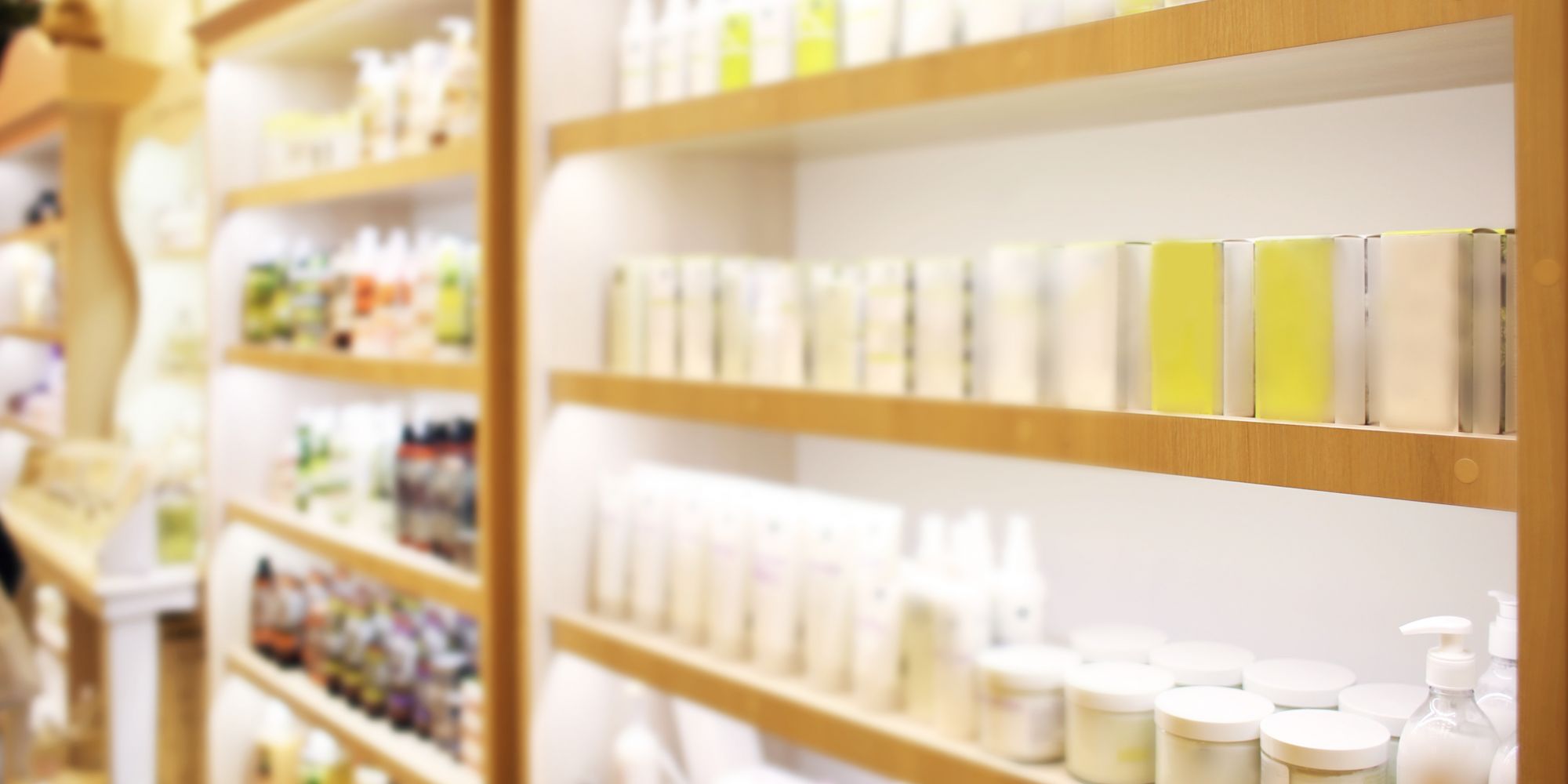
How Indie Beauty Brands Break Into Retail
In this edition of Beauty Independent’s ongoing series posing questions to beauty entrepreneurs, we ask nine founders and executives: How did you land your first brick-and-mortar retailer, and what advice do you have for others on getting into stores?
- Marie Drago Founder, Gallinée
Cold calling and a lot of enthusiasm. I got in front of the amazing duo who created Beauty Mart, and I still cannot believe they wanted the brand before it was even launched. Seeing your first customer try and buy a product that was entirely in your head is a very weird, but great experience.
I would recommend to actually pick your first store pretty well. It is going to set the tone for the future. As my old manager used to say, you’re defined as much by who you say no to than who you say yes to.
- Angelica Caporuscio CEO, Veíse Beauty
We landed our first brick-and-mortar store by actually going door to door. I walked around Asheville, N.C., with a box full of skincare and candles, and asked people if they'd be interested in selling it. I created a line sheet with product pictures and pricing, and would drop them off at locations if the manager wasn't around.
We ended up building relationships with five local retailers by doing this. I'm not going to lie. It was terrifying at first to walk into someone else's business with a product they'd never heard of before and talk to them about carrying it. The thing I think a lot of new brands fail to realize, though, is that retailers are looking for new and exciting products. It's not a burden for them, especially if it fits into their customer base.
We landed our first major brick-and-mortar retailers by building relationships at IBE. When we were looking to do our first expo, I loved the vibe of IBE, and that they focused on small indie brands. We were three-months-old at the time and all the other expos seemed extremely overwhelming. I knew we wanted to work with major retailers, but was completely perplexed at how to do so. We ended up connecting with four major retailers after IBE and, now, have products in two national (T.J. Maxx and Marshalls) and one regional (Lord & Taylor).
The best advice I have for choosing what retailers you want to work with is advice I got from Jodi Katz of Base Beauty Creative Agency. She said, "When choosing which retailers you want to work with, remember it's like choosing a boyfriend. You're building a long-term relationship with them, and it has to be a good fit for both of you to be successful."
- Naa-Sakle Akuete Founder and CEO, Eu'Genia Shea
I emailed and called and begged for intros until they agreed to receive a product sample. The biggest lesson I learned is not to confuse silence with a no. You may not be a priority for them, but that doesn't mean they aren't interested.
- Chevis Douville Founder, Baublerella
I landed my first brick-and-mortar by walking in the door. Originally, I did some research online to find the buyer at the store chain I was targeting. I emailed her my pitch and never heard back. One of the stores was in Dallas, so I walked in one day with my only sample and asked to speak with the store manager. I told her about my product and asked if I could clean her ring to show her how it worked.
She emailed me the next day and said she couldn’t quit thinking about it, and everybody she told loved the idea. She asked me to come back for a trunk show a few weeks later and present my product. We still didn’t have a product to ship, so I went to the show and left with a waiting list of ladies wanting to buy our Bling Brush.
We launched a month later, and it flew off the shelves. After that, I heard back from the buyer I had emailed months earlier, and she wanted to put it in the entire chain. You can never take no for an answer and, if you can’t get through the door, look for another way in. If you really want something, you just have to ask for it and see what happens.
- Julia Teren Founder, Thesis Beauty
The first brick-and-mortar account we got four months after launch and it was a local gift boutique. They discovered us at the Melrose flea market in Los Angeles. I think, for every entrepreneur, getting that first account is exhilarating and validating. It felt like heaven.
This gave me the confidence to reach out to other store owners by going door to door with a case of testers, visiting boutiques on the prominent shopping strips. This was a successful undertaking, but the biggest success came at a trade show a year later where we not only expanded our domestic accounts, but also won our first serious international account. So, trade shows are definitely the way to go.
Also, having a good Instagram account is a proven way to attract buyers who are actively searching for something unique. Various listings on a multitude of directories were hit and miss, so I wouldn't spend much time on those.
- Dominique Del Col Owner, Wildwood
Our first brick-and-mortar shop began where our offerings first found their footing, at our local farmers market. For many years, we would unpack our handcrafted potions and herbal goods each weekend at independent markets and craft fairs. We were so in love with the vibrancy of the grassroots makers community and found that it really nurtured our local relationships.
Folks were anticipating our next market location, buying everything and, then, asking where they could find us next time. This was a time of clarity, an affirmation that our brand could sustain itself in one location if we continued to nurture our ties to the community. Finding the perfect location was a challenge, but we opened our doors in 2015 and never looked back.
Always listen to your audience, and craft authentically. Create a space that showcases the magic of your brand, through individuality and honesty. Stay true to your roots, and your customers will be more than willing to come along for the journey as you evolve and grow to the next stage.
- James La Founder, NIUCOCO
We hired a PR agent that organized an event in one of the local hip and edgy salons in our city, which allowed us to use as a retail launch pad. This helped us answer that question when we're being inquired by other retailers: Where are you currently selling?
I recommend organizing events where you want your brand to be and get the buy-in from that retailer you think will represent your brand well. From there, keep networking until you've carved yourself a more compelling story to tell and have positive references. Never forget to give 100% of your effort whether it's a consumer, small retailer or international client.
- Christine Cameron Koehler Founder, Flora 1761
While growing rapidly since our June 2017 launch, we have been very selective about which brick-and-mortar partners we work with. Recognizing the importance for women to try our lacquer, like most beauty products, we have begun with boutique nail salons, such as Ruchki da Nozhki in Brooklyn and VanCourt Studio in Manhattan, high-end salons at the forefront of green nail care that care about delivering only the best to their clients. As we broaden our customer base, we want to ensure that we are presented properly by professionals that stand behind our product.
- Christelle Dossous Owner, Onaturell
Our goal has always been to go beyond the mere distribution of great products. Although we were able to have our products available at supermarkets and beauty supplies stores in Haiti, we deemed it necessary to control the experience and the narrative that came with selling them.
Two years after starting Onaturell, we opened our first store, and it has been the best decision we made for the company. My advice is to create an unforgettable experience every time the customer walks into the store and to offer more than just products.
If you have a question you’d like Beauty Independent to ask beauty entrepreneurs, please send it to editor@beautyindependent.com.
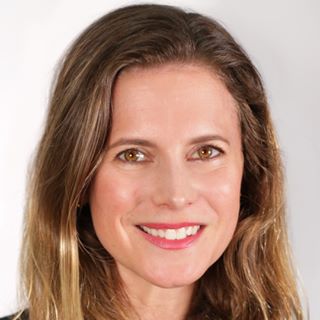


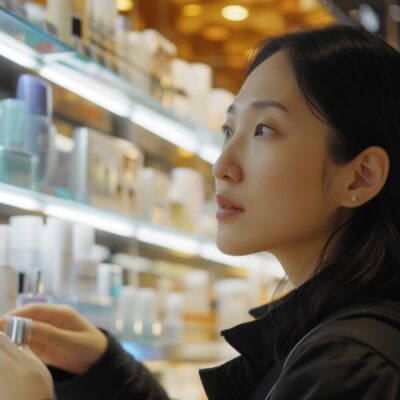

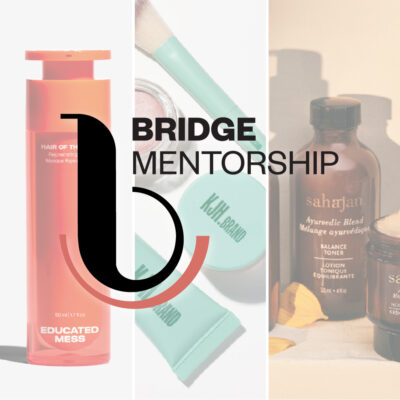
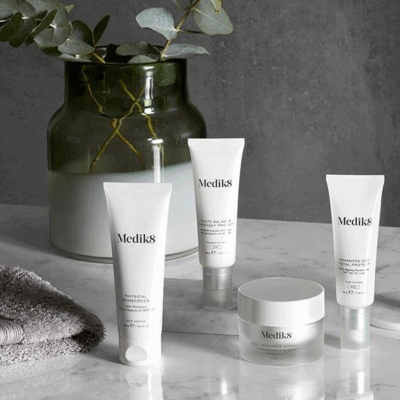
Leave a Reply
You must be logged in to post a comment.